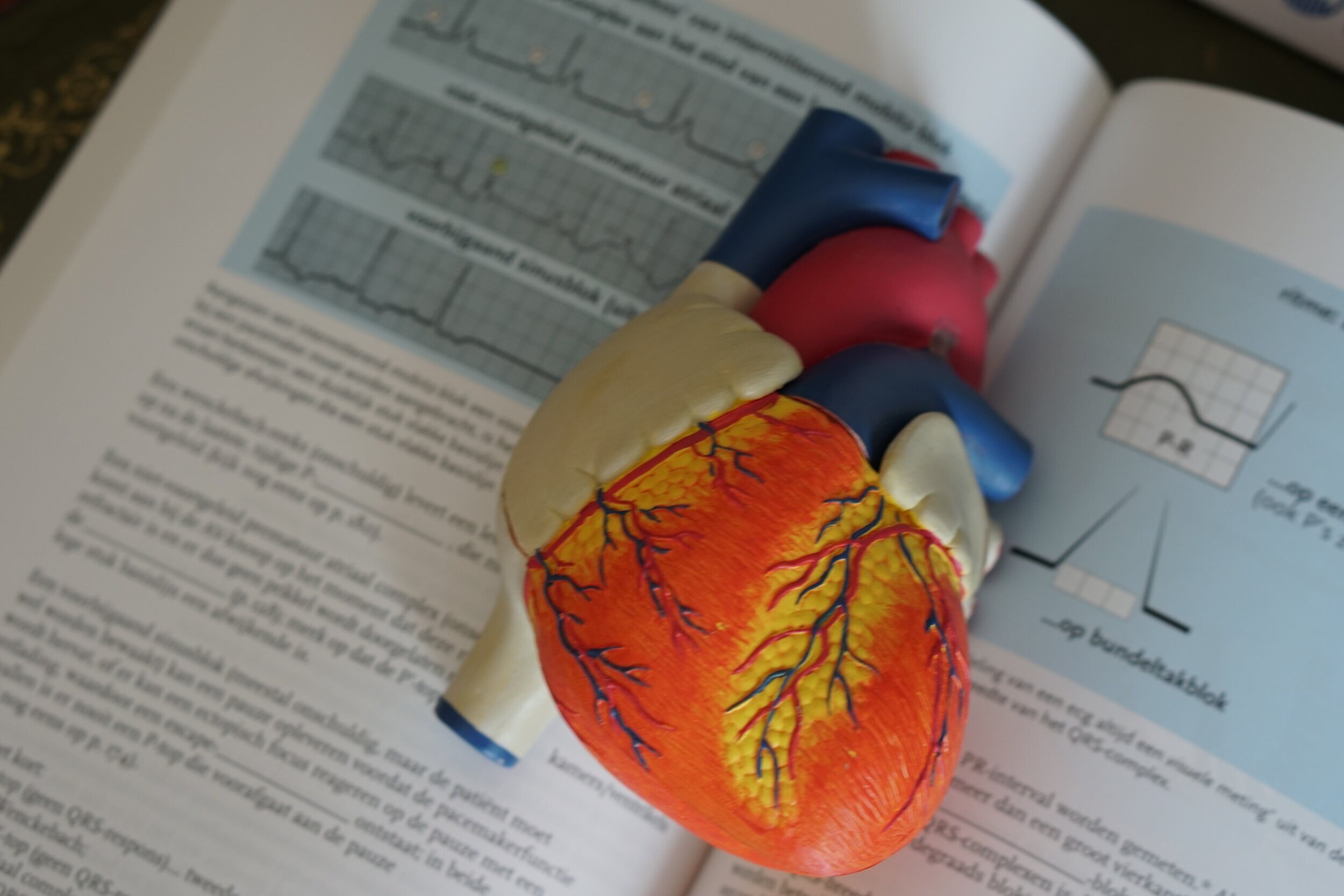
The Power of Positive Activities on Trauma Recovery
Life after trauma can be challenging and hard to deal with. The way you relate to things has changed. The body deals with trauma by managing situations that do not feel safe. Life after trauma includes a lot of hard feelings that are focused on protection and make it difficult to manage everyday stress. This impacts how the body experiences positive emotions and makes living in the present moment difficult.
Trauma Makes it Difficult to Feel Calm
Symptoms of trauma make it challenging to experience happy and calming emotions. The nervous system causes symptoms of being keyed up, suspicious, and on edge to protect you from threats. This often results in negative thoughts, negative feelings about other people, and emotional flashbacks. It isn’t easy to understand what happened and what is going on.
Even though these symptoms are meant to protect you from outside threats, the experience on the inside can be very heavy and emotional. It is difficult for people who experienced trauma to turn off the nervous system. The nervous system will not shut off unless it senses safety. It’s not as easy as changing the channel or closing a door. It often requires a lot of hard work to manage feelings daily.
Positive Situations Can Be a Trigger for Trauma Responses
For people who have experienced trauma and PTSD symptoms, feeling calm and happy can be triggering. The nervous system often sees this as a threat because it feels unsafe scanning for situations that could cause harm. When the nervous system is dysregulated, it kicks on with thoughts and feelings that help it stay alert. This can happen anytime and with anyone, even people you consciously feel safe with, like certain friends or family members. This response creates intrusive anxious thoughts that can take you out of the present moment and cause your attention to be focused on managing feelings rather than enjoying yourself.
Positive Activities Can Help Increase Your Tolerance
People with these symptoms benefit from slowly increasing their tolerance of positive feelings and events. This creates safety for the body allowing for a calm, regulated state of the nervous system. Just like running a whole marathon on the first day of training would be extremely difficult for the average person. So is feeling calm and happy for people who have experienced trauma or have PTSD symptoms. The body needs time to warm up to the idea and rewire itself with new programming that lets it know it is okay to feel calm in this environment. Scheduling times to let yourself practice feeling calm is an excellent way to allow the nervous system to reset in a safe environment.
Create a New Daily Habit
Creating a daily habit of doing one safe and positive activity is essential in trauma work. It helps your nervous system reset and work through situations that can feel distressing and reset it’s the ability to tolerate positive emotions. Over time and consistent practice, you can expand the practice and feel calm for longer periods.
Make a list of a few activities you would like to try out. Choose something you think you could do for a short period and see how it feels. Set aside time in your day to allow yourself to take a break and try it. The goal is to try something short to start and end on a positive note. Maybe it is listening to one song or dancing around the house. Perhaps it is taking a walk or calling a friend on the phone to talk about something positive. Share things you are excited about or try something new like coloring or a new hobby. Whatever it is, allow yourself the time, space, and permission to experience something calm and frivolous that is healthy for you. You deserve to feel good and do things you enjoy without your symptoms getting in the way.
Break it down into even smaller chunks if this seems hard for you. Maybe instead of the whole song, listen to your favorite verse and soak it in. Over time you will start to notice your tolerance increasing. Try to take one action each day to start and end on a positive note. Set aside any guilt or distraction you may experience to just be for a moment.
Trauma Recovery Requires Practicing Skills to Regulate the Nervous System
Recovery from trauma can be difficult. Many people worry that talking about what happened to them is the key to healing from trauma and PTSD. While there may be benefits of understanding more fully what happened in treatment. Disclosure is not necessary to start doing the work to manage symptoms. Trauma recovery focuses on learning how the body responds to trauma and trying out skills to manage feelings to the nervous system that can be regulated. This doesn’t require disclosures on what happened.
If you notice difficulty sustaining positive feelings and are feeling on edge and suspicious most of the time, trauma treatment may be right for you. Trauma treatment can help you learn skills to manage your symptoms so you can start feeling calm again and enjoy pleasant moments with those you care about.

Are you struggling with getting out of shutdown mode and sick of googling solutions?
Get the Calm in 5 Guide so you can feel better and get back to living your life.






